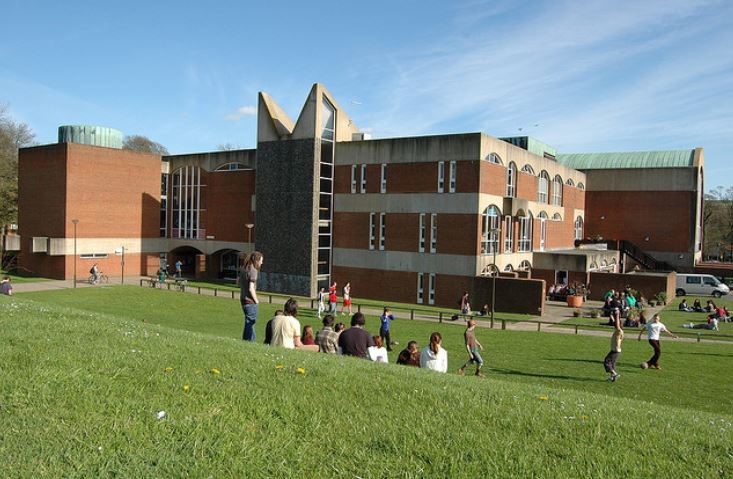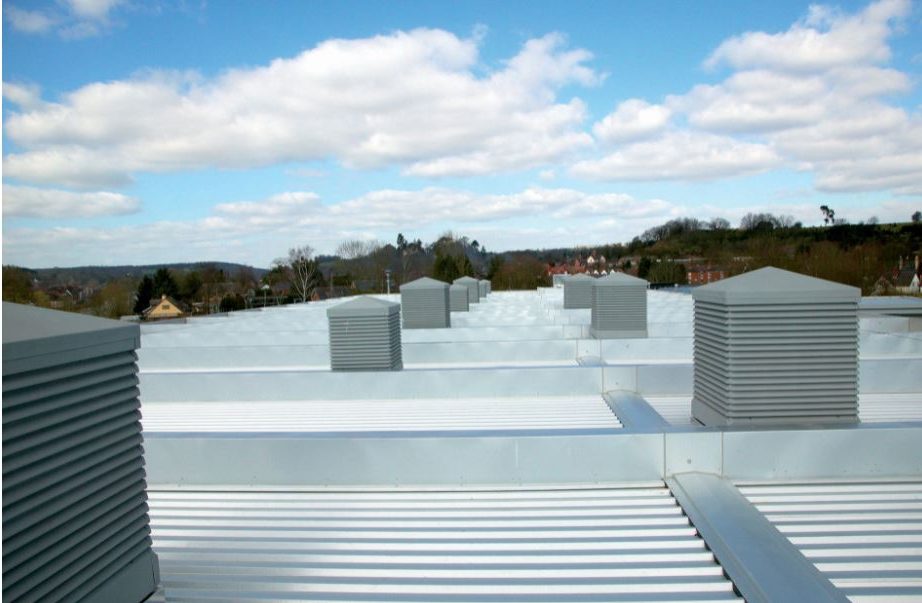Ventilation has long been associated with increased student performance, improved health and lower transmission of airborne infectious diseases. As we emerge from the pandemic, it’s critical that schools, colleges and universities don’t have to endure a repeat of the disruption to education experienced over the last couple of years, which saw students sent home due to unsafe and restricted working environments. Thankfully, ventilation within educational settings is increasingly at the forefront of building design and construction, with new and improved methods of keeping classrooms as healthy as possible coming to light.

Despite some early debate, there is now a strong scientific consensus that Covid is airborne. The World Health Organisation states: “The virus can also spread in poorly ventilated and/or crowded indoor settings, where people tend to spend longer periods of time.” Because of this, good ventilation is now seen as key to preventing the spread of Covid. At its core, ventilation is the process of providing fresh, clean outdoor air into classrooms and buildings. Ventilation removes indoor air pollutants by bringing in outside air, diluting the concentration of indoor pollutants and disease particles.
And this doesn’t always need to be an overcomplicated, technical process. Opening doors and windows and using safety-approved electrical fans can help to circulate fresh, clean air, reducing the chance of airborne transmission of viruses and disease. But from a design perspective, the reality is that many schools and educational establishments were not built with airflow or ventilation in mind.
Following the scrapping of the building schools for the future initiative in 2010, thousands of secondary schools were forced to stay in 1950s-built buildings or order ‘temporary’ classrooms, which were built to stay warm during the winter with excessive internal cladding and insulation preventing breathability. Universities have faced a similar problem, with many campus buildings being listed by the NHLE, making modernisation virtually impossible and effective airflow an ongoing challenge.
Whereas obstacles remain for those buildings that are unable to be adapted, the ability to improve the ventilation for future schools, colleges and universities looks promising. Passive ventilation terminals are becoming an increasingly popular solution to bettering ventilation. This low energy system uses the principle of passive air stacking. Temperature sensors regulate the environment in each classroom, automatically drawing fresh air in as required. This is passed diagonally over radiators to prevent cold draughts. The stale air leaves each room via high capacity discharge terminals located on the roof, creating a constant change of air and the optimum air composition in each room.

For historical buildings, identifying poorly ventilated areas can also be done using carbon dioxide (CO2) monitors. New guidance published by the government states that in any room, CO2 levels should be below 1000 parts per million (ppm) and ideally lower than 800ppm. High CO2 levels are not just hazardous in terms of Covid-19, they also impact on the ability of pupils to learn. Therefore, ensuring adequate ventilation is an educational issue just as much as it is a health and safety consideration. It may be the case that some areas of a building are avoided until the pandemic improves, but having the ability to recognise the spaces that shouldn’t be used is valuable in and of itself.
Air purification units can also help keep the air in classrooms fresh, especially within buildings with restricted ventilation. This technology, called high efficiency particulate air filtration, was born in the aerospace industry more than 50 years ago, and has been proven to efficiently remove microscopic airborne particles from air in higher occupancy spaces like classrooms.
The need for uninterrupted, consistent education is incredibly important for the future success of students, and the buildings which house such activity must be equipped with effective ventilation systems in place. Free-flowing air circulation in schools, as well as workplaces and other areas where people gather, should be a government priority. We must now see the widespread adoption of new, innovative systems of ventilation in all new building design and construction.

